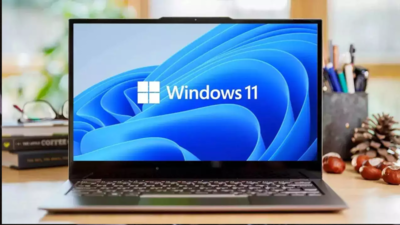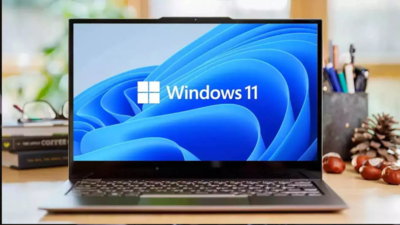Microsoft Updates Windows Hello to Enhance Security
Microsoft has made a significant change to Windows Hello’s face unlock feature in Windows 11, disabling its functionality in dark environments. This update, implemented in April, aims to address a serious spoofing vulnerability discovered by researchers at Nanyang Technological University.
The vulnerability allowed an unauthorized attacker to perform spoofing locally on a device using Windows Hello. Although Microsoft rated the flaw as ‘important’ but ‘less likely’ to be exploited, the company decided to patch it by requiring visible light for facial recognition.

Windows Hello uses a combination of color cameras and infrared (IR) sensors to allow authentication even in complete darkness. However, the update now requires a color camera to detect a visible face when signing in, effectively disabling face unlock in dark rooms.
Some Surface Laptop users have reported that they can no longer use their face to sign into their laptops in dark environments following the update. Microsoft’s April Windows Update patch notes state: “After installing this update or a later Windows update, for enhanced security, Windows Hello facial recognition requires color cameras to see a visible face when signing in.”
For users who rely heavily on dark-room unlocking, a temporary workaround exists: disabling the webcam in Windows 11’s Device Manager. However, this renders the camera unusable for all other applications, including video calls, making it an impractical solution for most users.
This change represents a trade-off between security and convenience. While it enhances the security of the Windows operating system, it removes a convenient feature for many Windows 11 users. Microsoft has prioritized security over ease of access in this instance, reflecting the ongoing balance between these competing interests in the tech industry.


